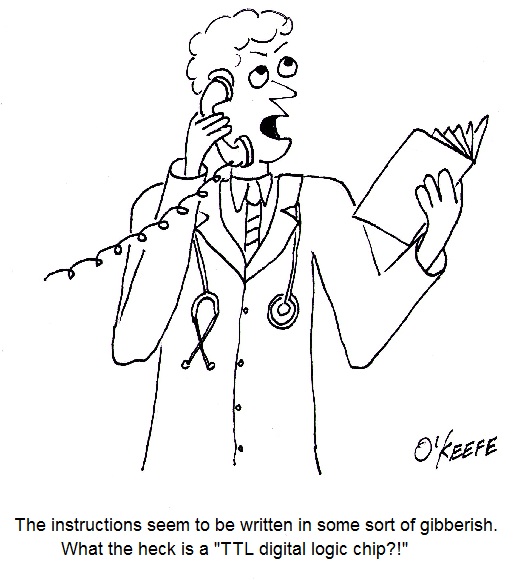| Last time we wrapped up our discussion on the development of quality control instructions for use during the Development stage of the systems engineering approach to medical device design. These instructions are used to guide quality control inspection and testing during the Production stage. Now let’s continue our discussion on the development of instructions for the Utilization stage, the stage when the medical device is actually put into operation by the end user.
In the systems engineering approach to medical device design, design engineers must work closely with technical writers, those responsible for writing operating and product service instructions. The objective here is to share the engineering staff’s intimate knowledge of the medical device’s design with the writers in order to ensure that instructions are clearly written, comprehensive, and follow a logical progression. Instructions must be written so as to be easily understood by lay people outside of the engineering profession and medical device industry, because most of the individuals using the device will be healthcare professionals and service technicians, individuals lacking a background in engineering or medical device development. Instructions are not only meant for the eyes of end users. They are also subject to review by governmental agencies. This fact acts as a safeguard to ensure device compliance both with regulatory requirements and industry standards as regards cautions and warnings. For example, instructions may be required to caution the user to allow the device to warm up for a certain period of time before use to avoid patient discomfort when coming into contact with cold metal. Instructions might also warn against a harmful interaction if the device is used in conjunction with other devices. For example, an electronic muscle stimulator may send electrical pulses into a patient’s body that can interfere with the operation of their heart pacemaker. No doubt this is something that the operator of the device and the patient would want to be informed of. At this point our medical device design has been completed, and instructions and procedures written, but the Development stage is not yet complete. Next time we’ll continue our discussion on this stage to see how a systems engineering step helps us to be safe rather than sorry after full production of the device has begun. ___________________________________________ |
Posts Tagged ‘service instructions’
Systems Engineering In Medical Device Design – Instructions, Part 4
Sunday, January 27th, 2013Tags: design engineers, Development Stage, engineering expert witness, forensic engineer, harmful interaction, heart pacemaker, maintenance instructions, medical device design, medical device industry, muscle stimulator, operating instructions, Production Stage, quality control inspection, quality control testing, regulations, service instructions, systems engineering approach, technical writer, Utilization Stage
Posted in Engineering and Science, Expert Witness, Forensic Engineering, Innovation and Intellectual Property, Personal Injury, Product Liability, Professional Malpractice | Comments Off on Systems Engineering In Medical Device Design – Instructions, Part 4




